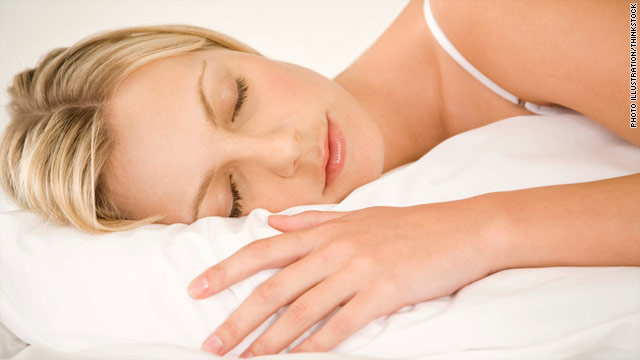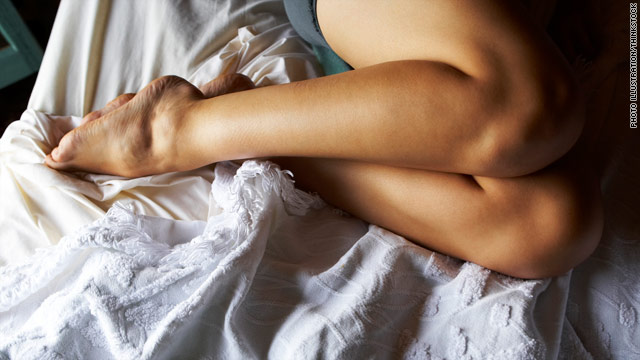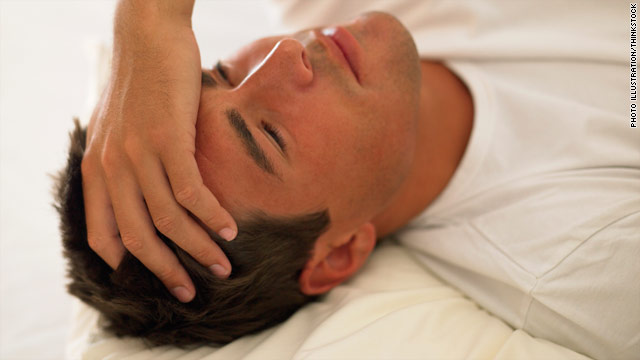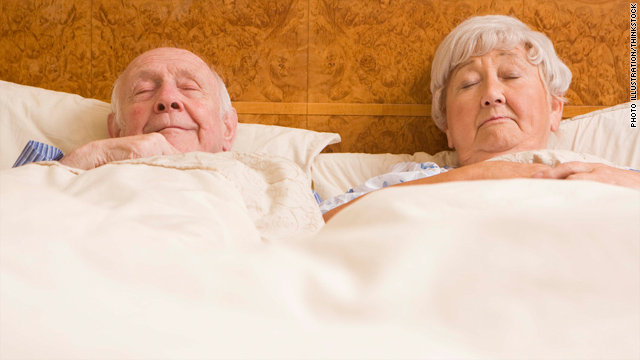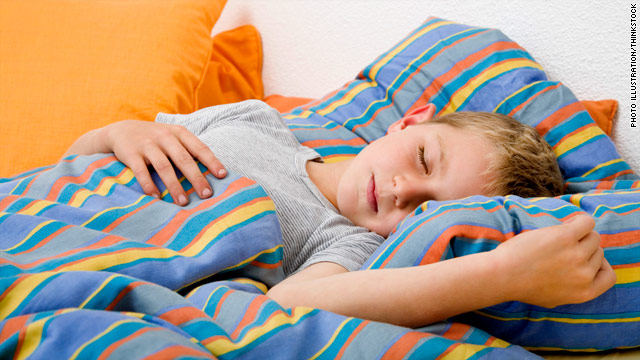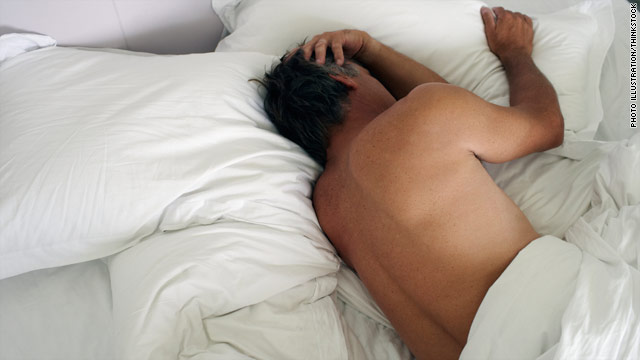

What happens when a man’s testosterone level starts to go south as he ages? Do guys experience their own version of menopause? Sort of, but not exactly.
Unlike women, men experience hormonal changes gradually over a period of many years. A man’s testosterone level peaks around age 20, and then steadily declines from about 40 on, so ultimately it’s about 50% less by the time he is 80 years old. The result can sometimes be a condition called “andropause,” which potentially affects millions of American men.
The symptoms – irritability, changes in sexual function and erectile quality, low desire – can have a very real impact on a guy’s sex life and his overall relationship.
But low testosterone doesn’t always signal a problem. There’s a huge range in what is considered "normal" for the sex hormone testosterone, according to my Good in Bed colleague and author of a woman’s guide to male sexual issues, psychiatrist Madeleine Castellanos. Testosterone levels fluctuate greatly throughout the day (they’re highest in the morning) and even during different seasons.
Life itself can also affect testosterone. When a man enters a steady relationship, his levels tend to drop somewhat, and then drop even further when he has small children. (This may be nature’s way of trying to ensure that fathers remain monogamous and supportive of their offspring.)
In fact, testosterone seems to respond greatly to different challenges as the body’s way of regulating its energy and resources. Any type of competition – from trying to pick up a woman at a bar, to playing a game of chess – will increase a man’s testosterone level to prepare him for the challenge.
“What is most fascinating is that if a man is victorious, his testosterone level gets a 20% boost,” says Castellanos in her guide to male sexual issues. “If he is not, he may experience up to a 90% dip in testosterone.”
To complicate matters further, two men of the same age may have exactly the same testosterone level but feel very different physically, emotionally, and sexually.
When andropause is diagnosed, the guy may be treated with testosterone replacement, depending on his health history. Just as there are various hormone replacement therapies for women, there's also testosterone replacement therapy for men – and research is still ongoing into potential side effects. These therapies should be explored cautiously. The male brain monitors the circulating level of testosterone in the body and will actually decrease production of testosterone if it determines it’s too high.
Says Castellanos, “Testosterone replacement is not without its side effects, such as decreased sperm production and shrinkage of the testicles. Also, it is contraindicated for men with prostate disease.”
There’s also much that men can do to boost testosterone on their own. Castellanos recommends keeping a regular schedule of both aerobic exercise and weight training, getting enough sleep, decreasing stress to manageable levels, having appropriate levels of zinc in the diet, and experiencing a sense of accomplishment and success regularly.
I generally recommend that all men, regardless of age, get their testosterone levels checked. That’s because there’s such a wide range in what’s considered a normal level, and ideally you’ll know your baseline and be able to better understand changes as you get older.
In youger men, a normal testosterone level is considered to be anywhere between 270-1030, which is quite a spectrum. The truth is that most doctors don’t check testosterone levels in younger men, unless specifically requested, so most men are unable to clearly know as they age whether they are experiencing symptoms that can be directly correlated to andropause.
But regardless of your age, it’s not too late to get your t-level checked and regularly monitored. Just as most people know their blood type, every guy should know his baseline testosterone level.
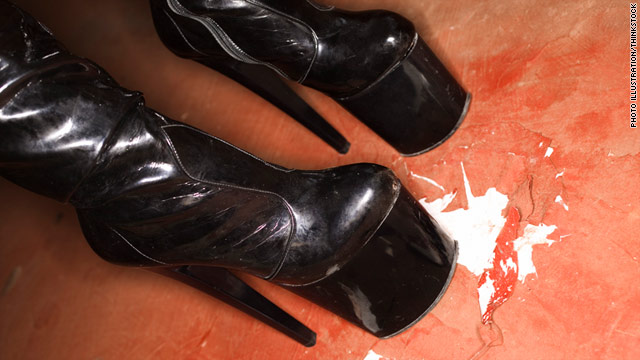
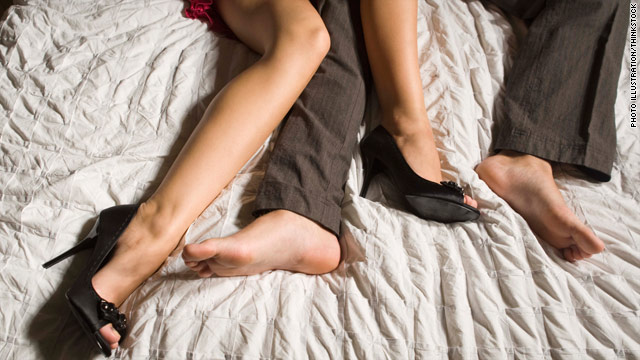



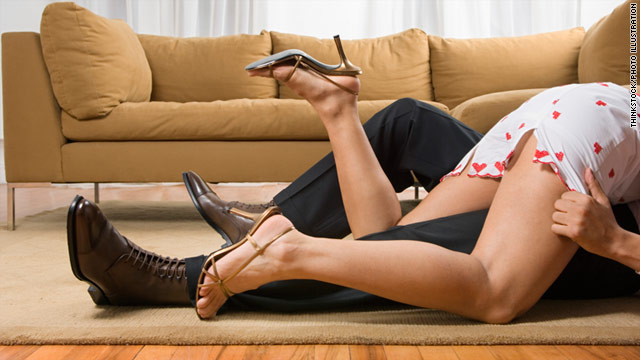
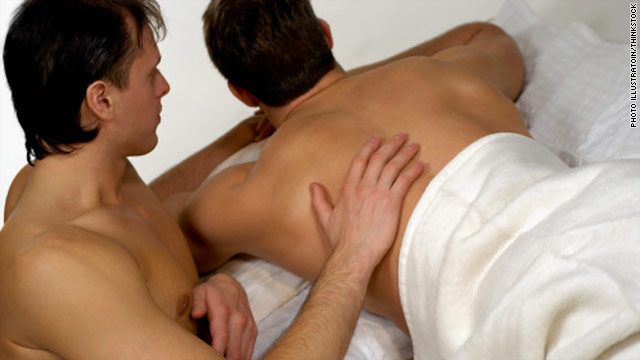
 Babies aren't the only ones who benefit from gentle rocking. A new study suggests that when you lie down for some shut-eye, swaying in a hammock will help you fall asleep faster and make you sleep more deeply than napping on a stationary bed or couch.
Babies aren't the only ones who benefit from gentle rocking. A new study suggests that when you lie down for some shut-eye, swaying in a hammock will help you fall asleep faster and make you sleep more deeply than napping on a stationary bed or couch.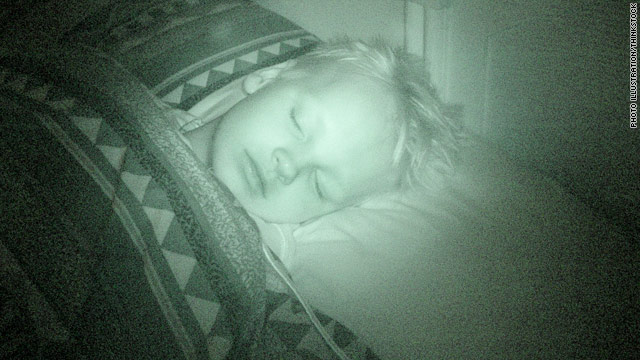

 Watching violence on television or TV before bedtime can lead to sleep problems for preschoolers, according to a new study in the journal Pediatrics. Experts have known for some time that too much TV time can negatively impact our sleep, but this new research finds that what young children watch and when they watch it can make a difference as well.
Watching violence on television or TV before bedtime can lead to sleep problems for preschoolers, according to a new study in the journal Pediatrics. Experts have known for some time that too much TV time can negatively impact our sleep, but this new research finds that what young children watch and when they watch it can make a difference as well.